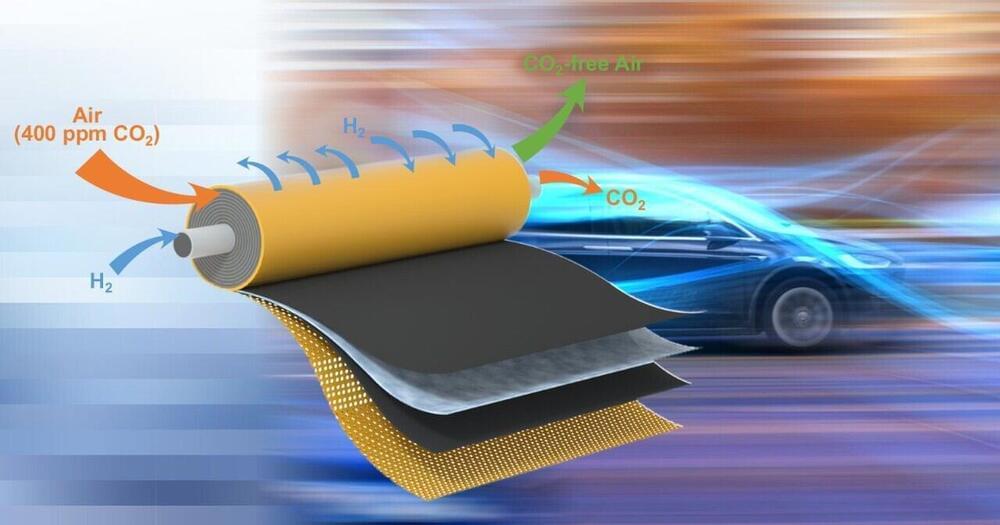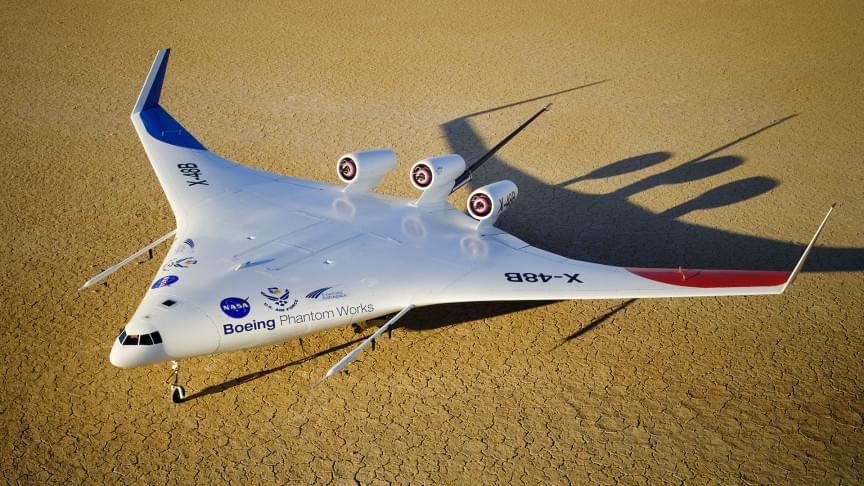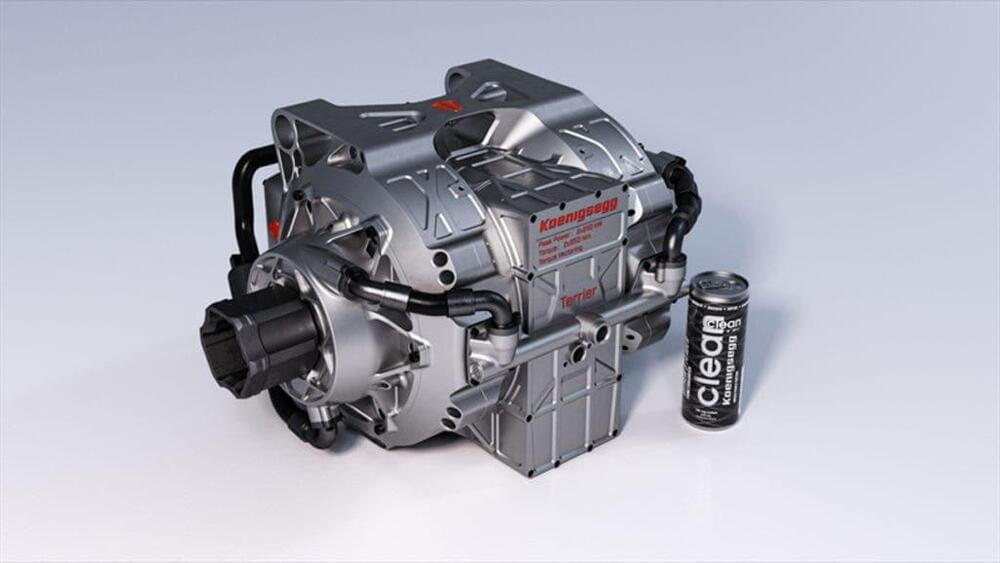By Helen O’Shea
On a windy, bright day in Lemoore, California another 250 megawatts of clean power was added to California’s energy mix with the dedication of the Aquamarine Solar Project. There are many new solar projects coming online across the country these days, but the Aquamarine project is notable for its innovative development model — it’s part of a 20,000-acre master-planned solar park on fallowed and salt-contaminated agricultural lands in the Westlands Water District in California’s Central Valley.
Disturbed lands farmed for years with no residual habitat value are the perfect place to locate utility-scale solar projects. In 2016 these lands, among many others, were identified as suitable for development by a diverse group of stakeholders through the San Joaquin Valley Least Conflict Solar Planning exercise.







